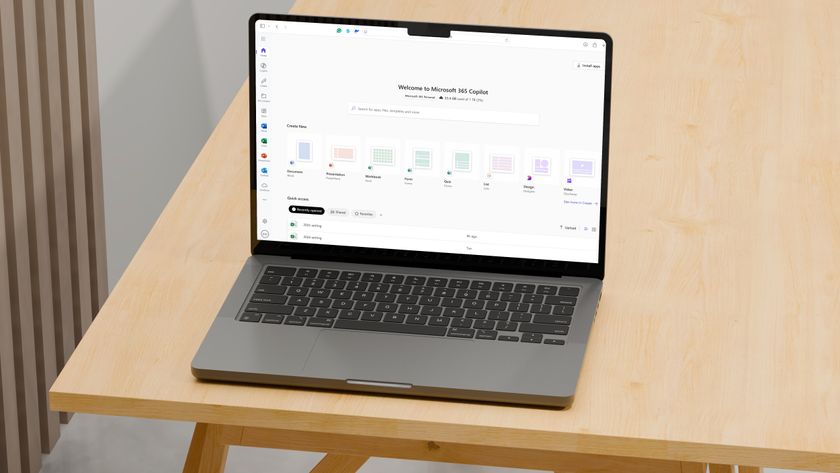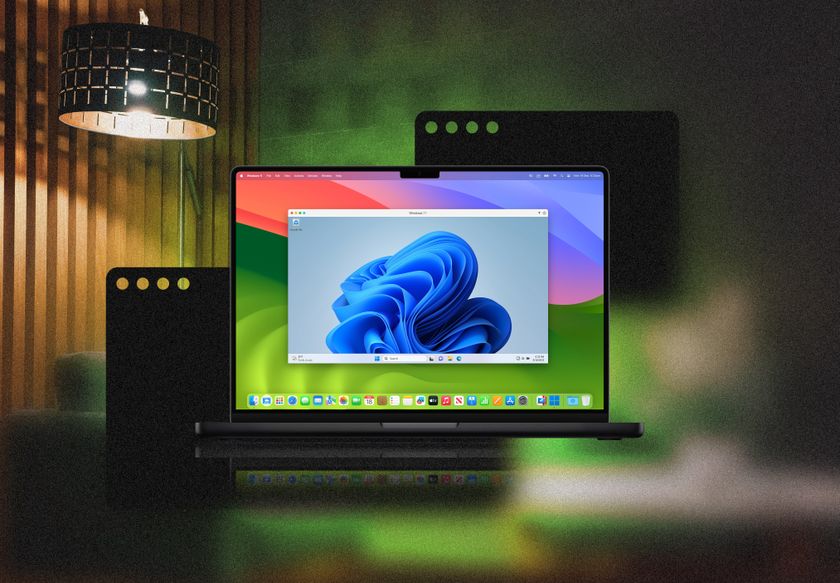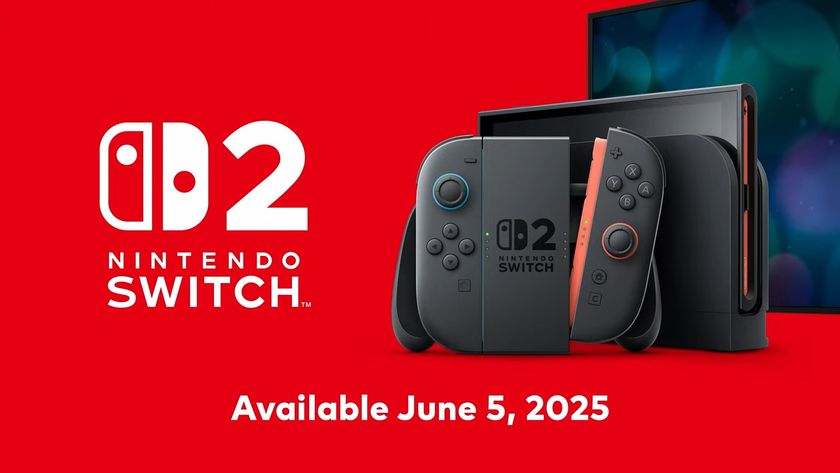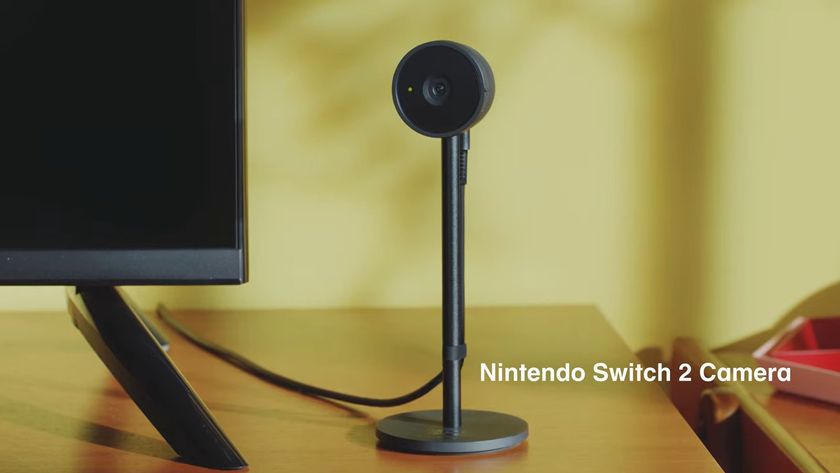The BYOA battle: can business apps fight back against consumer favourites?
Both BYOD and BYOA are challenging issues
TRP: To what extent could awareness of these risks be forcing the hand of those who have, traditionally, had more of a consumer focus, such as Dropbox, to move into the enterprise space?
CG: Apple's decision to move its iCloud services away from applications and further towards collaborative services with the introduction of iCloud Drive is a great example of how cloud storage providers with a traditional focus on consumers are now setting their sights on the enterprise.
Whether or not their hand has been forced by an increased awareness of the fallibilities of their own security protocols as far as secure use in the enterprise is concerned is, however, another question entirely. The likelihood is that the likes of Apple and Dropbox have primarily identified this market as a lucrative means of expanding their revenues, rather than having any alternative, altruistic motives.
Nonetheless, it does demonstrate that these consumer cloud vendors are at the very least beginning to acknowledge that enterprises need tools that have been specifically designed for use within their environment. It also demonstrates that they realise the importance of striking a balance between providing robust security controls that can ensure data integrity, while also providing the ease of use that means their employees don't have to rely on freemium, consumer versions of the same products.
For enterprises, this can only be good news, although the question remains as to whether or not they would rather invest in and deploy solutions that come from vendors who are completely enterprise-focused, as opposed to those that see it as an extra way to drive revenue.
TRP: What are the other reasons why consumer hardware and software vendors are taking an increased interest in the enterprise space, and what could be the potential impact of this sector becoming increasingly crowded?
CG: As the world slowly recovers its financial footing following the global economic difficulties, so have consumers found that they have more disposable income to spend. What the consumer technology industry has done well is to provide innovative 'added value' hardware and software solutions that help customers to part with this newfound income.
Are you a pro? Subscribe to our newsletter
Sign up to the TechRadar Pro newsletter to get all the top news, opinion, features and guidance your business needs to succeed!
It's proven to be a clever approach, as the focus on providing value-added services has had a profound impact on the way we not only live our personal lives, but also the way we work. With these consumer devices now also safely ensconced within organisations, enterprises have, as a direct result, been forced to wake up to the fact that they also need to invest in solutions that will ensure that the devices and the applications that are used within their ecosystem are able to operate securely.
From this perspective, the decision made by consumer technology firms to move into the enterprise space, as evidenced by the partnership between Apple and IBM, makes a lot of sense.
However, the potential danger of this approach is that, as this space becomes increasingly crowded, and the push to differentiate services through extra value-added features continues, there's a real prospect of the security of data becoming less of a focus in the stampede to provide the best user experience.
In a sense it comes down to the age old question of whether or not you need to compromise security in order to make a solution that is user-friendly and vice versa. Although this isn't quite as black and white as it sounds, and there's not necessarily a need to make an either/or choice between the two, it's nonetheless clear that only the solutions which refuse to compromise security will be effective within the enterprise.
The question is whether or not consumer technology vendors are better placed to be able to deliver this than those who are more established in the enterprise sector. In the end, it could come down to who can be trusted more.

Désiré has been musing and writing about technology during a career spanning four decades. He dabbled in website builders and web hosting when DHTML and frames were in vogue and started narrating about the impact of technology on society just before the start of the Y2K hysteria at the turn of the last millennium.










